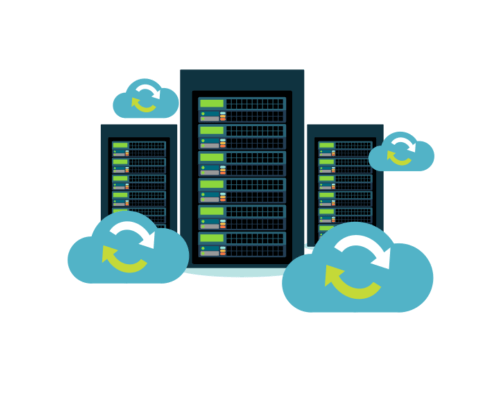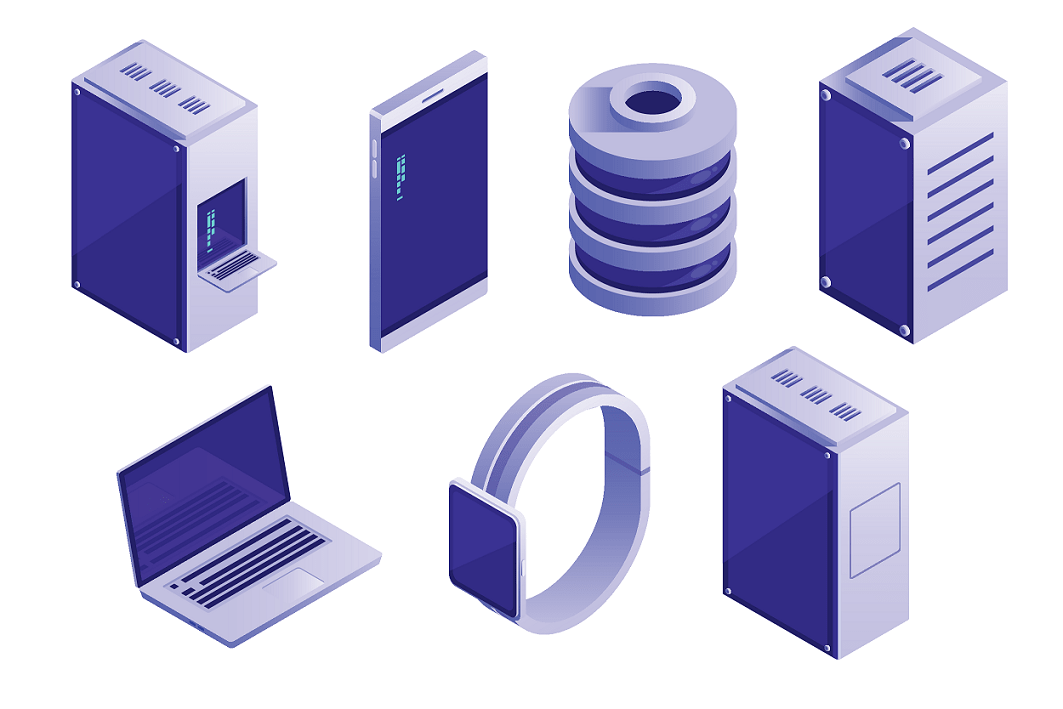Uncertainty. More than just a word: probably the trendiest mood of latest times. Pandemic fears, lockdown-caused anxieties, social and political turmoil here and there, and heaven knows what else: for many it becomes way too uneasy to live for more than just a day. Everybody is hoping for things to settle down, but life often works mysterious ways.
Managed DevOps
It’s the same with technologies, namely the most advanced ones, including the anticipated breakthroughs. Consider 5G, for example: massive changes that will affect the entire fabric of our lives are just around the corner. Yes, all those virtual and augmented realities, remote healthcare, autonomous vehicles and smart cities, to name just a very few. We – planning big, but still living for a day after another day – are uncertain how exactly these new systems will develop. The “Matrix” movie scenario is as plausible as any other course of actions. Yet, instead of pure hope, we are sure there will be changes for good. And we’re ready to be the part of it. Who else’s with us?

5G: a lot of potential, a lot of problems
Here is the quickest possible recall of what 5G is – since mouths are dry already. Essentially, two very-mega-extra somethings: much higher speed and much lower latency. Now, still on the pre-delivery stages, both numbers already doubled in comparison to existing 4G networks. As anticipated, we will be getting gigabytes/sec download speeds and latency as low as 1 millisecond – yes, that’s 1/1000 of a second, so pretty much no latency at all.
This, naturally, brings completely new level of synchronicity – allowing the real-time automated operations of extremely time-sensitive systems. On the other hand it will require from a 5G provider… let’s consider the most proper wording… not exactly the entirely new network infrastructure, but the new concept and approach towards the facilities and operations. This will cause even bigger changes.
Internet of Things (IoT), the darling offspring of 5G, asks for, excuse us, hell of a lot of sensors. Dwelling everywhere – from street intersections to your fridge and a toilet bowl, excuse us again. The existing Internet providers’ networks are not meant for this job; they – especially when we are talking about mobile networks, with their cells – are designed for what they do now, covering the largest possible areas with acceptable speed and latency. IoT means moving signal carriers closer to end users, i.e. “edge computing”. (By the way we find this term awkward, proposing to use “proximity computing” instead).
Such shifting suggests implementation of much more base stations – of a micro size, unlike the habitual towers and masts. Those micro hubs, in turn, require micro software – really tiny in their weight, but not at all shy in upgradability, when such a midget evolves into still small, but functional Data Center. In another turn, proper operability of the micro stations’ mass necessitates a great deal of automation. The next turn is still far from final, but we’ll stop here for the sake of the story: all this has to be developed – and rapidly, since 5G evolves and penetrates newer areas every day.
So for telecom 5G development, with all the mentioned burdens, seems a clear pain. If, of course, operators are left to deal with 5G development on their own.
lDevOps, the tool of survival
Another brief recollection: DevOps emerged as a set of practices facilitating software development and maintenance, and matured to the specific culture within IT manufactures. DevOps:
- unites all departments involved in software development into a single team with strictly set goals and defined stages to reach these goals;
- breaks development process to small periods – at the same time putting together continuous practices of testing, integration, deployment, etc.;
- solidly speeds up projects’ time-to-market;
- effectively detects and fights errors;
- reduces costs and man-hours, with productivity remaining on the same or higher level.
As any culture, DevOps is not the easiest thing to implement: it requires acceptance on each level of a company; technical modifications to introduce unified workflow have to be made as well. Our concern, however, is somewhat different. We have already learned that DevOps is very much about acceleration and automation – as described above, this is exactly what a developer assembling 5G-related software or network solutions needs. So, previously IT manufactures might oscillate – whether to use DevOps or to stick to what’s old and proven, like cascade. But regarding the mentioned (and, frankly, the bunch of other development) works for 5G we are totally convinced: DevOps is the ultimate survival tool for developers. In other words, not implementing this culture right now will soon lead to a developer’s non-competitiveness, as the workload grows enormously and will keep doing so. Even simpler: there will be no time to look after everything without DevOps.
Internal benefits
It’s not that DevOps practices are unfamiliar to telecom. When, for example, a communication services provider builds something for its own needs or as a future offer for the customers (integration, start-ups, etc.) – almost certainly DevOps are there, again because things indeed have to be fast and reliable these days. The method’s global market demonstrates roughly 20% annual growth, from around USD 3B in 2017 to projected 10B by 2023.
As DevOps frees hands (and minds!) of a developer, companies can devote more time and attention to innovations and creativity. It may refer to:
- ecosystem re-thinking and overhaul, with the purpose to get more homogenous networking and operations;
- removing obstacles, like unnecessary bureaucratic procedures, from the product and/or service chains;
- initiating value streams that were impossible to utilize before;
- ultimately – revaluating the existing business models, evolving from a traditional communication services provider to digital services provider: with completely new sets of offers, solutions, etc. that distinguish that namely provider from the rest of “dumb pipelines” .
A few telecom entities, though, strive to form their own DevOps incubators, due to the complexity and cost of the matter.
External management
There is the organizational trick any IT manufacturer can legally perform: to hand a portion or the entire DevOps to an experienced side performer. Thus a client receives even more time to concentrate on its core tasks and to probe anything new; the DevOps manager (in most cases it’s a cloud services provider) performs utterly familiar routines, monitors and debriefs a client – frequently with suggested upgrades, and evolves its own infrastructure, practices, etc. With Managed DevOps technique a client saves even more, since there’s no need to create additional workspaces on-premises and to train extra personnel.
ITGLOBAL.COM specializes on providing managed services, with Managed DevOps being one of the key directions for the company. As the topic of certainty goes through this post, we are certain about the quality of our expertise and performance skills of our DevOps team. Our portfolio already includes management of complex projects in various computing environments, so we are eagerly anticipating new challenges, 5G-related or others, from an array of international clients.










